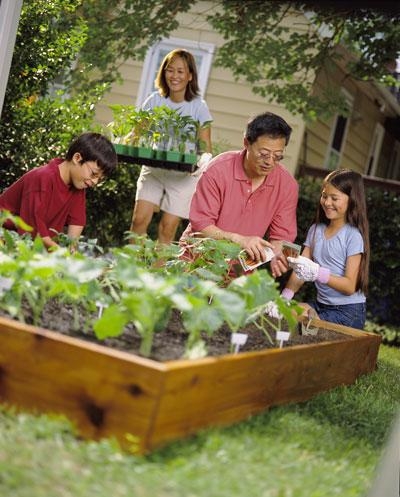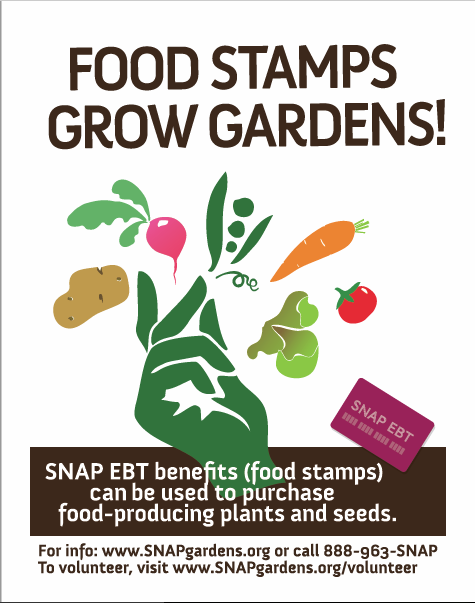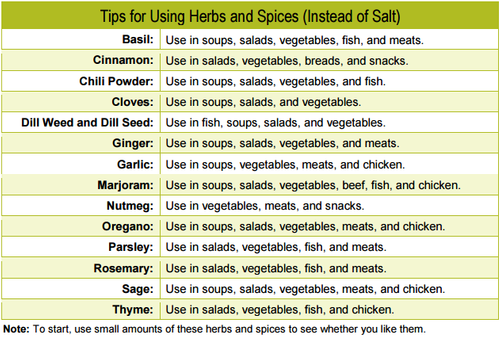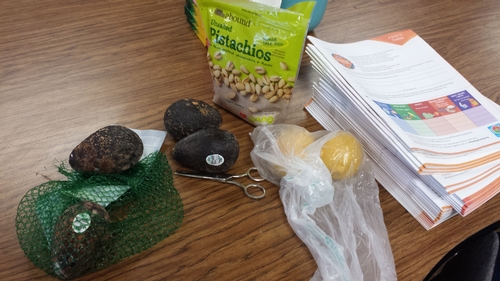
- Author: Christopher Deleon
- Editor: Emily Harris
Growing your own garden can help you and your family save money and eat more fruits and vegetables! You can grow edible plants in your yard, in a pot, or anywhere you have space. Most plants just need a bit of water, some sunlight, and enough soil to grow into beautiful, food producing plants. Here is how you can get started this spring:
Image Source: https://snaped.fns.usda.gov/photo-gallery/
Purchase seeds or plants.
Did you know that you can purchase edible plants and seeds with your EBT/SNAP Benefits? It's true! You can purchase any edible plant or seed from SNAP retailers and farmers markets. Click on the Ecology Center link to find the nearest farmers market near you -->Ecology Center
Image Source: https://www.snapgardens.org/
According to the USDA, "For every $1 dollar spent on seeds and fertilizer, home gardeners can grow an average of $25 worth of produce. Growing food from seeds and plants makes SNAP benefits last longer, allowing recipients to double the value of their benefits over time."
Learn more about purchasing edible plants and seeds with EBT/SNAP Benefits here.
Image Source: https://snaped.fns.usda.gov/photo-gallery/
When choosing plants, try choosing plants that grow well during April. Here's a couple of fruits and vegetables you can look for: Beets, Corn, Cucumber, Eggplant, Melons, Onions, Peas, Peppers, Potatoes, Spinach, Squash, Tomatoes, and Watermelons.
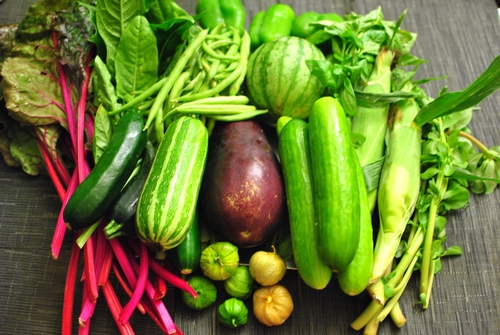
Reduce the amount of salt you use by growing your own herbs!
Herbs are perfect to grow at home and can be planted in small containers. Use them to give your meals extra flavor without using salt. Here are some ways you can use herbs in your meals:
Image Source: Eat Healthy, Be Active Curriculum
- Author: Tacu Vang
- Editor: Emily Harris
As I walked into Mrs. Haught's third grade class at Burroughs Elementary, Mrs. Haught told me what had been going on in her classroom for the past month. Her students were learning how to grow plants in different environments. The types of seeds used were radish seeds, avocado seeds, lemon seeds, and pistachios.
Some seeds were taken directly from their adult plant!
The experiment showed the students that seeds can sprout in different environments, such as in soil, on top of soil, and in water alone. The students took turns watering and keeping an eye on the plants every morning when they came into class. Mrs. Haught was ecstatic that she was able to show students how plants grow and how they can regenerate roots. She told me that her goal was to show the students where fruits and vegetables come from and why they're important for our bodies.
This is an avocado seed that was set in water by the window. This was one method that was tested to see if it would sprout any roots.
Here are a few radish seeds that were placed on top of soil and watered everyday. One of the students named the plant, "Jeff Jr."
This is the progress of some radish seeds that were beginning to sprout and grow into a bigger plant. It was watered every day by the students.
Here is a picture of two plants that were broken apart and set in water. The plant eventually started regenerating roots in water. The students couldn't believe that plants could do so in water without any soil.
After talking with Mrs. Haught, I've teamed up with her to try to bring an edible school garden to the students of Burroughs Elementary in the near future. Our hopes are to show students where their food comes from in order to encourage their consumption of fruits and vegetables.
